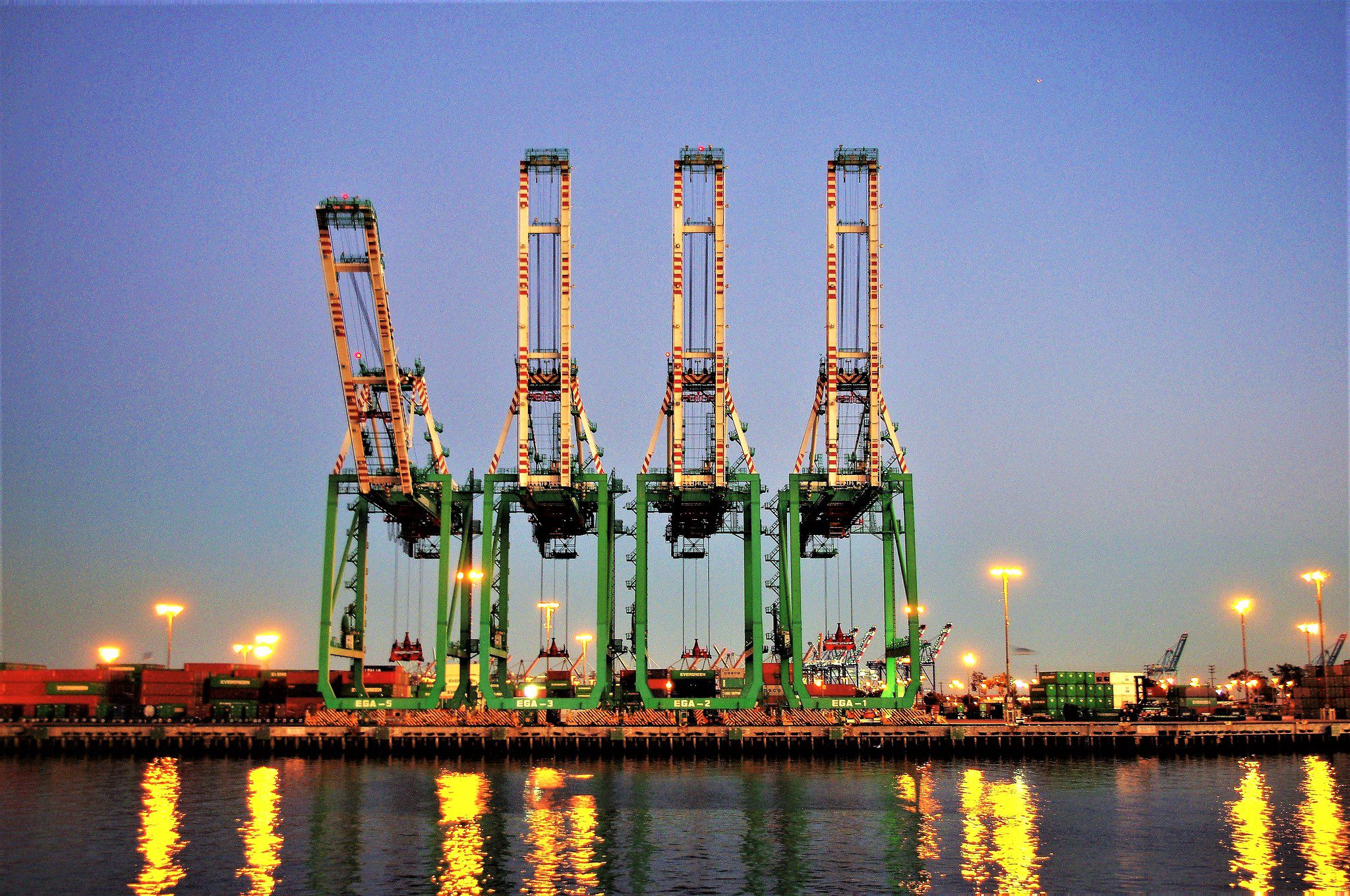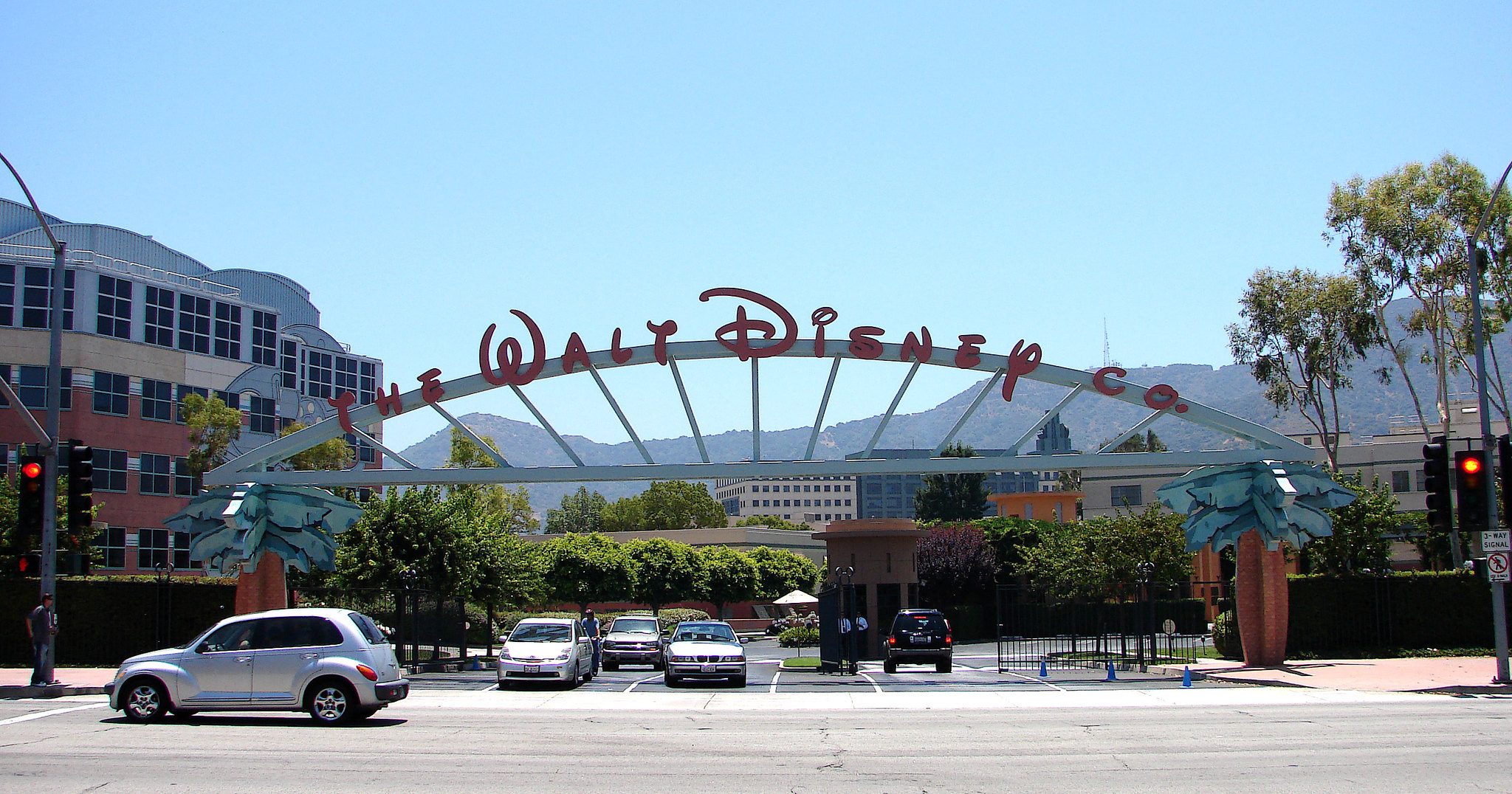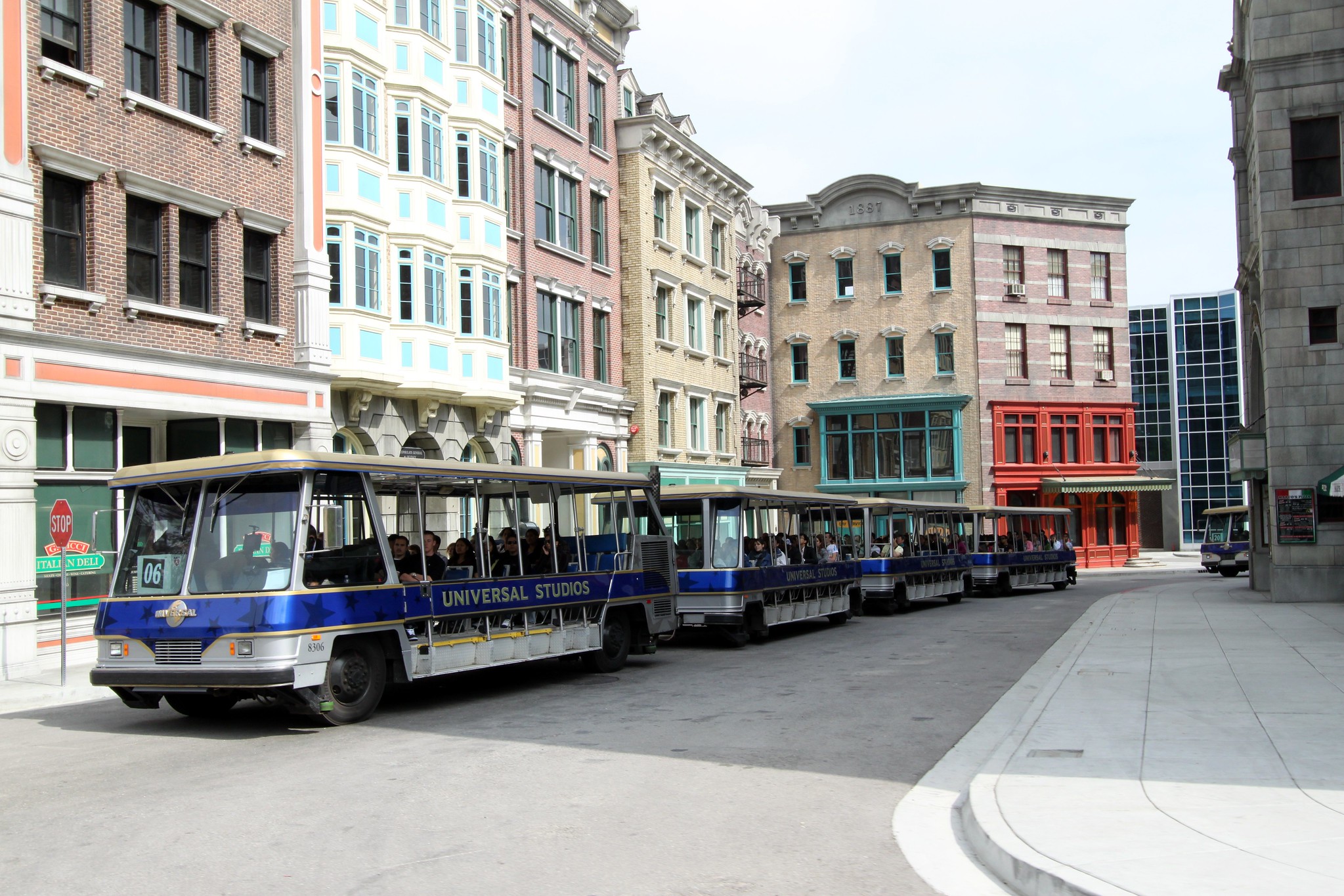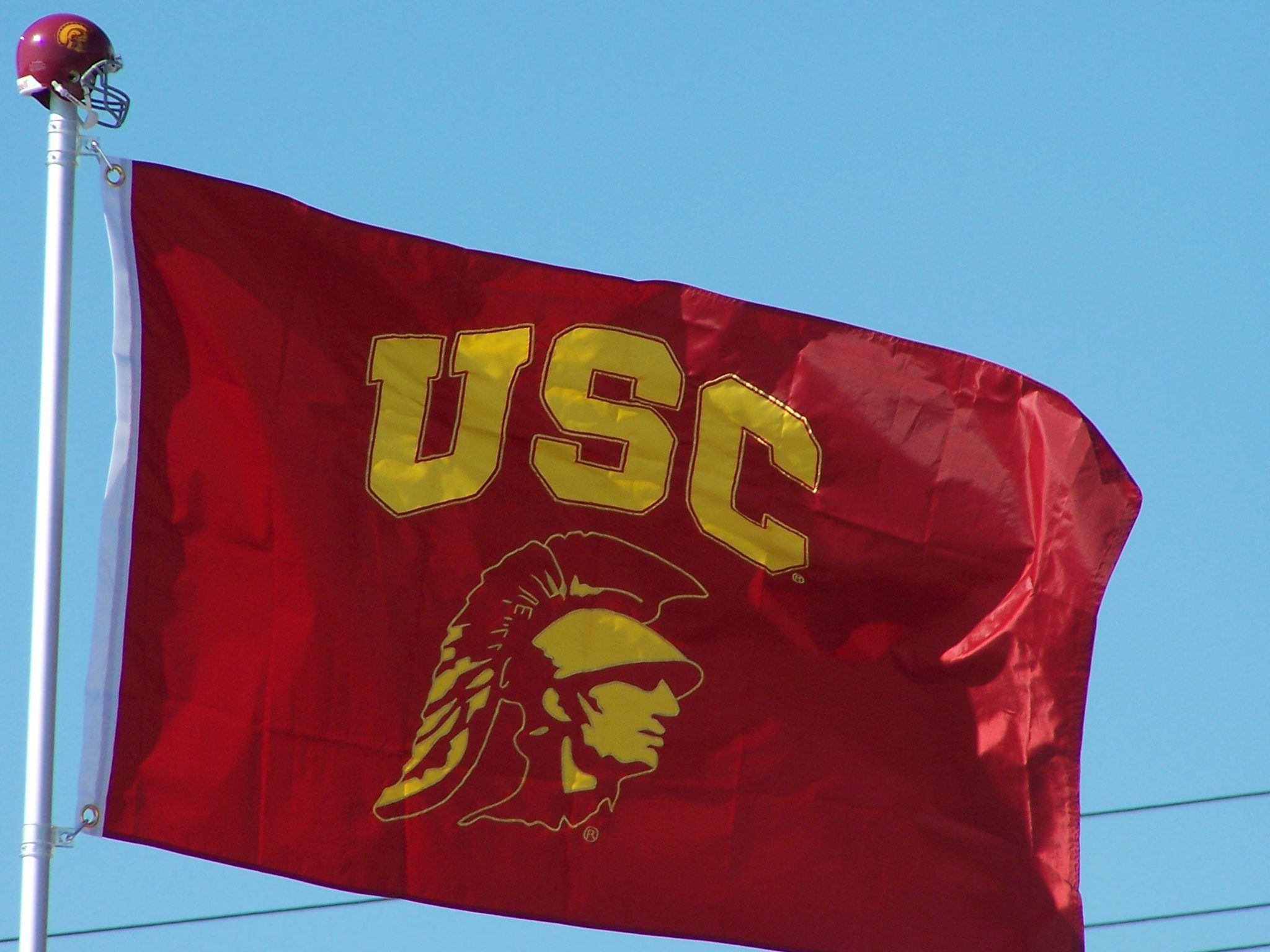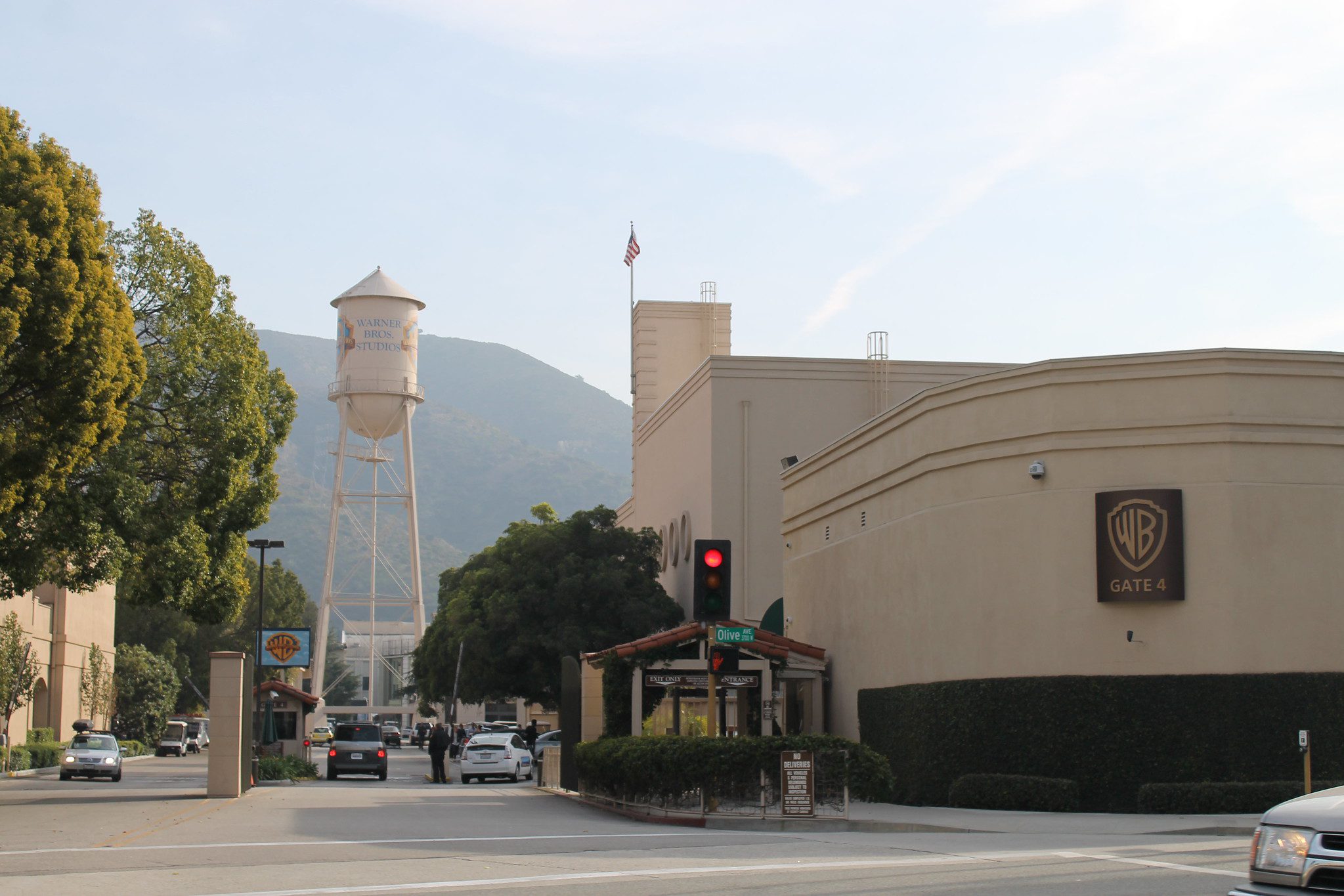Acting U.S. Labor Secretary Julie Su joined officials at the Port of Los Angeles Wednesday, where the port touted a “very strong June” in which cargo volume increased by 70%, a stark contrast from February’s low points.
Executive Director Gene Seroka reported that the port moved over 833,020 twenty-foot equivalent units, just 5% off the record set in June 2022. It’s also almost 6% above the port’s five-year running average for the month, he added.
“June is our strongest performance since last July, and since February’s low points. Our cargo volume has increased a remarkable 70% with four months of consecutive gains,” Seroka said. “We posted solid numbers across the board in June.”
The Port of LA imported 435,307 TEUs, or 2% less compared to the same time last year. Exports came in at 108,050 TEUs, a 15% year-over-year increase, and the port shipped 289,679 TEUs of empty containers back to Asia, representing a 14% year-over-year decline.
“At the midway point of 2023, the Port of Los Angeles has handled 4.1 million TEUs: That’s 23% less than our near-record start last year and 12% below our five-year average,” Seroka said.
Looking at the months ahead, Seroka expressed optimism.
“We got a tentative labor deal in place and the economy continues to be resilient,” Seroka said, referring to the recent agreement between the International Longshore and Warehouse Union and the Pacific Maritime Association.
He also noted that inflation cooled for the 12th consecutive month, and that consumer prices increased only 3% from last year.
Su joined Seroka to discuss her role in reaching the labor deal, and provided some details on investments to create more jobs.
Su helped resolve a conflict regarding autonomous equipment on the Port of LA’s docks during labor negotiations, Seroka said. She also supported the port’s efforts to create innovative training programs, he said.
Su said she did not intend to stay for a week in San Francisco when the two parties were in talks in June.
“My plan was to go there and meet with the ILWU and PMA to assess the situation and to see if I could be helpful,” Su said. “My goal was to really support the collective bargaining process … which is so valuable and so important.”
The ILWU and PMA negotiated for 13 months, grappling with “really difficult issues.” Su called it “an honor” to join the two parties at the table and to encourage them to stay there.
“The most important lesson is that collective bargaining works,” Su said. “It is a healthy process in which labor and management come together to address hard issues to ensure that workers get a fair share, plan for stability and resilience in an industry.”
On a final note, Su emphasized the U.S. Department of Labor’s commitment to creating jobs and empowering workers.
“Three years ago, we were experiencing a pandemic-induced economic catastrophe,” Su said. “Today, since President Biden came into office, the economy has added 13.2 million jobs. To put that in perspective, in 2008’s Great Recession, it took 10 years to have that kind of jobs recovery.”
She further added that the unemployment rate has been 4% for almost a year and half, so the federal government is “combining lots of job growth with low unemployment.”

